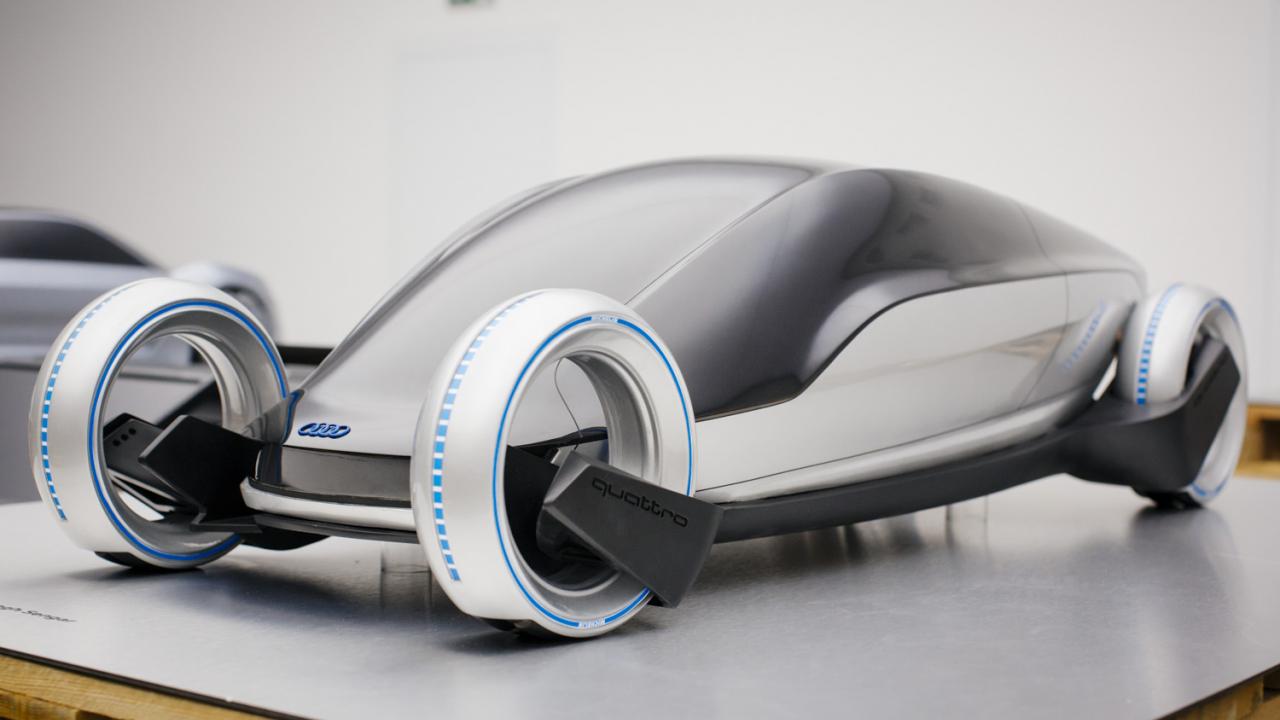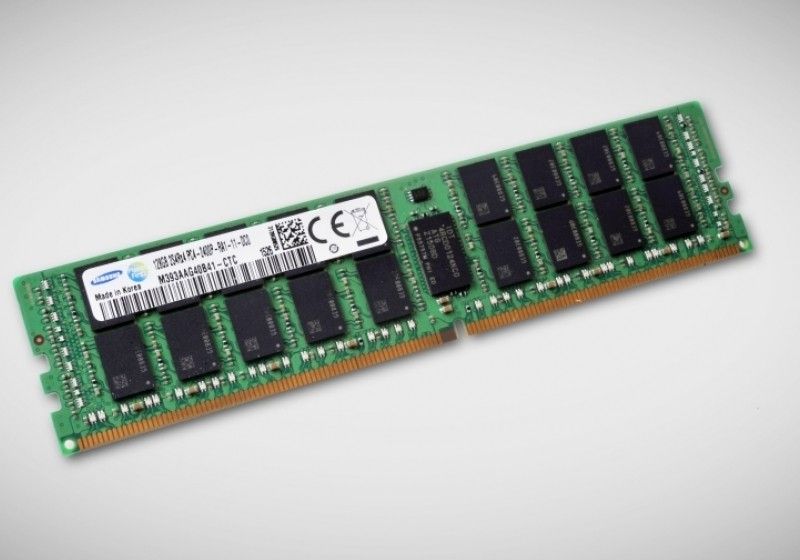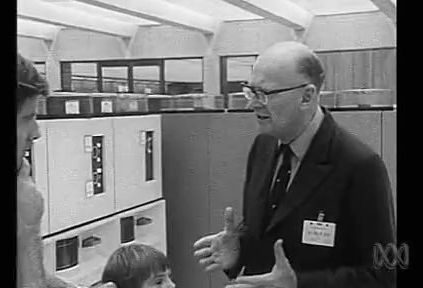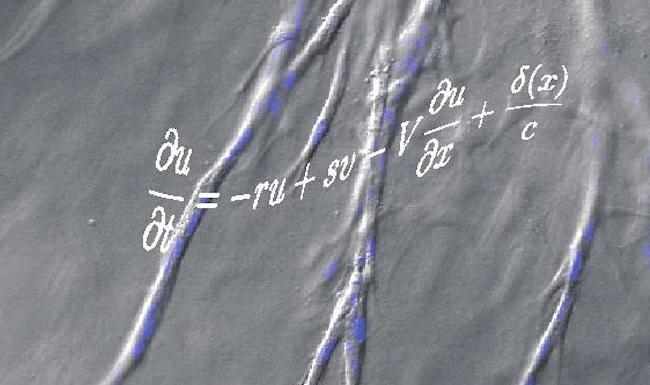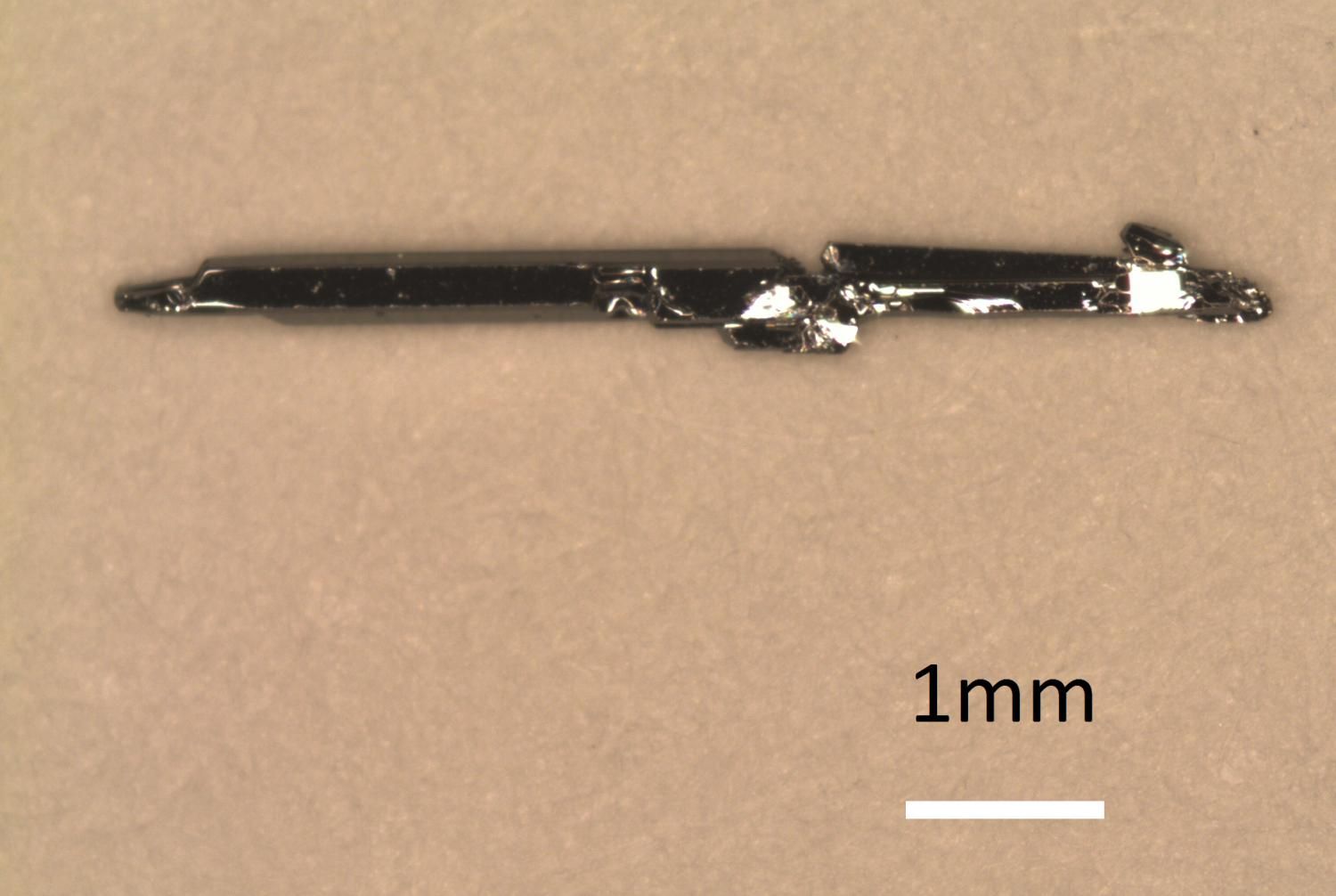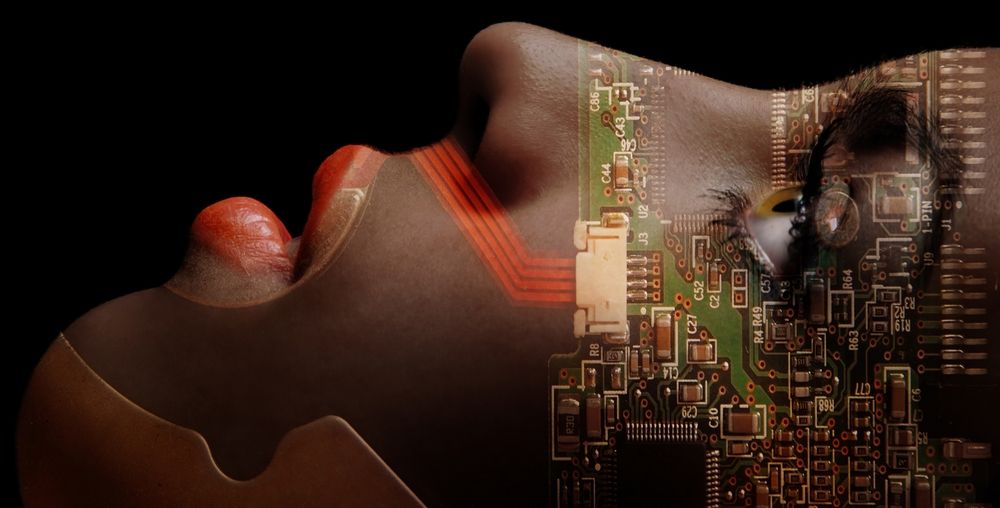Nov 29, 2015
Watch a neural network describe what it sees on a stroll through Amsterdam
Posted by Phillipe Bojorquez in categories: computing, neuroscience, robotics/AI
The results are mixed, of course, but it’s fascinating to watch the neural network make mistakes (and sometimes correct itself) in real time. The open source program being used is called NeuralTalk and was first unveiled last year, with the researchers providing updates on the network’s capabilities since. Other companies and institutions are working on similar technology. Last month, for example, Facebook unveiled a prototype neural network that’s intended to help blind people by describing pictures.



